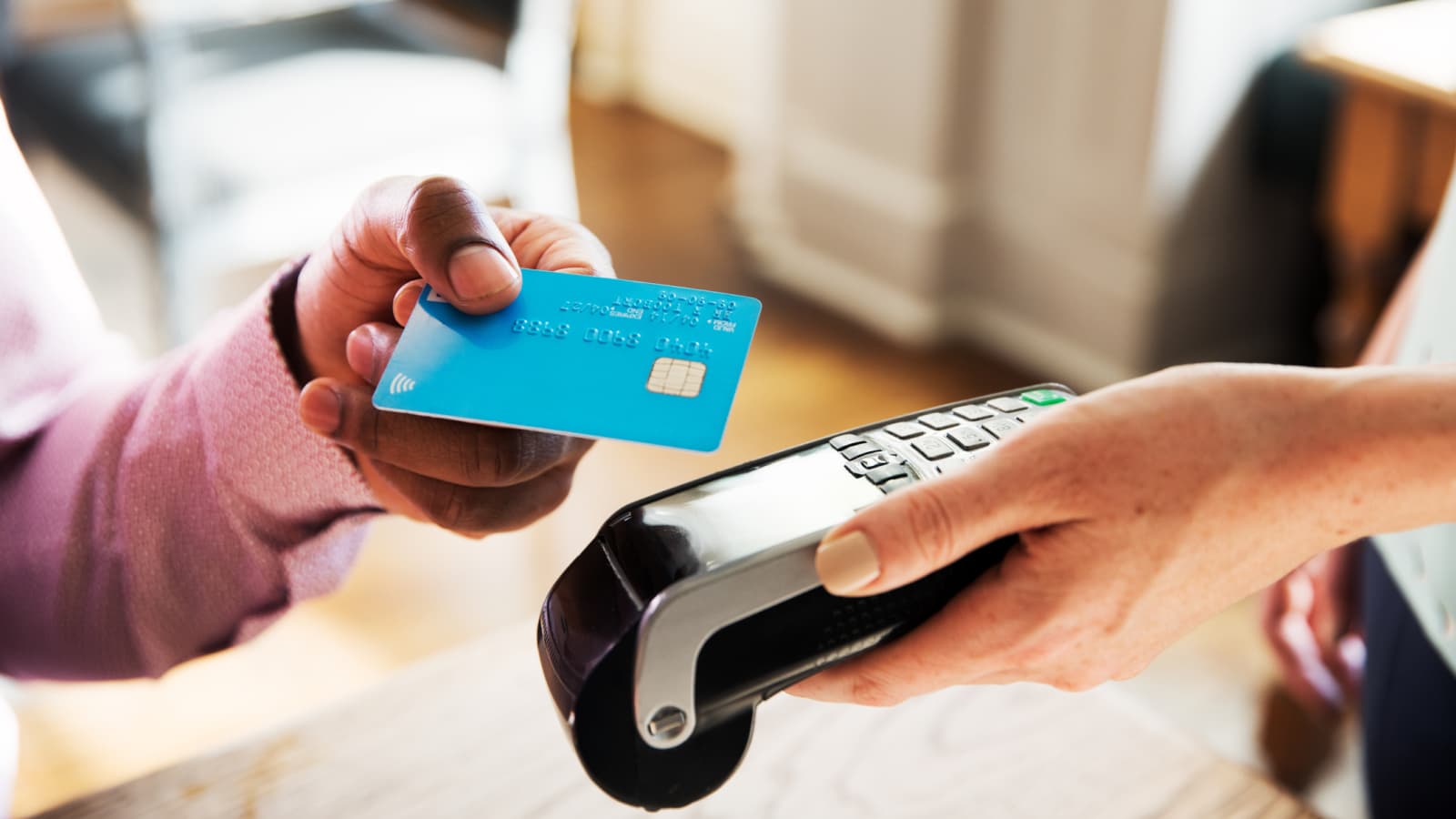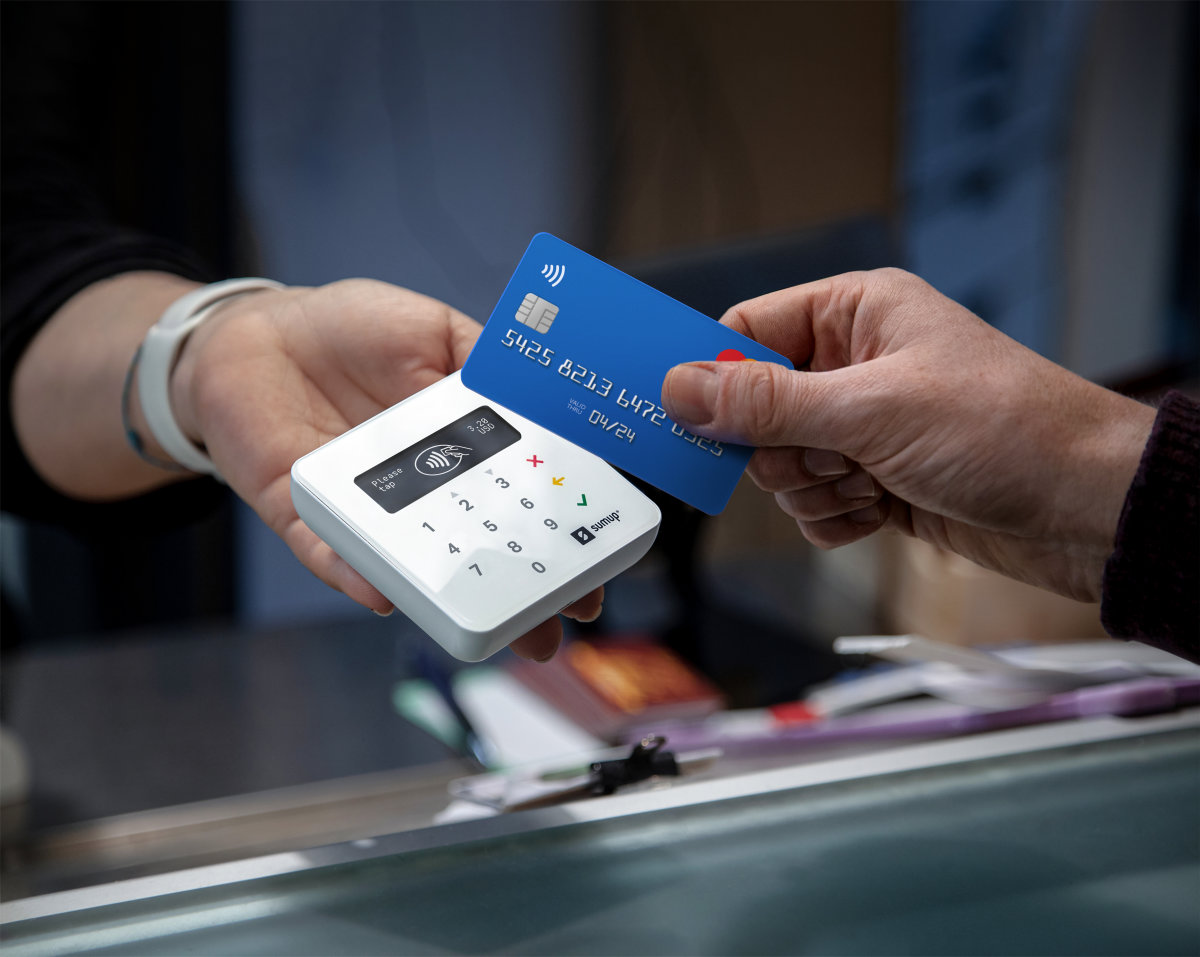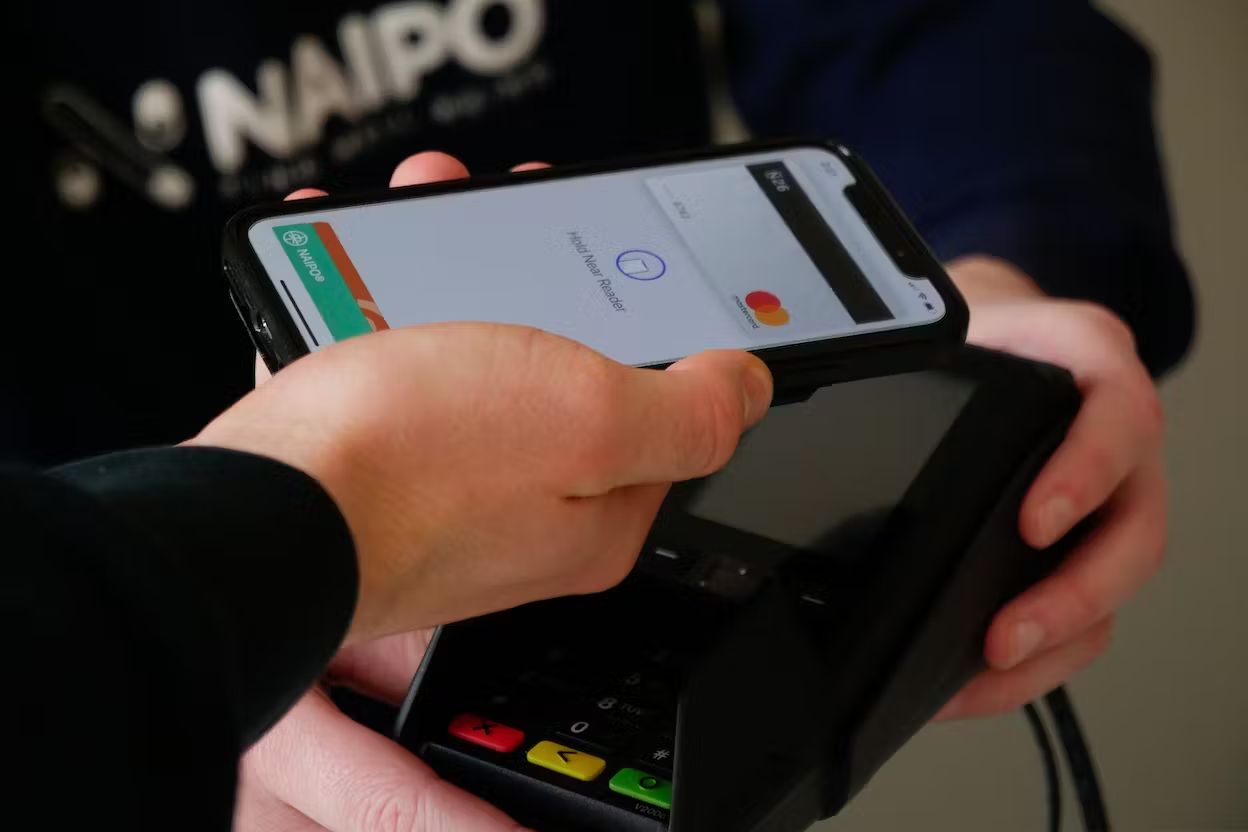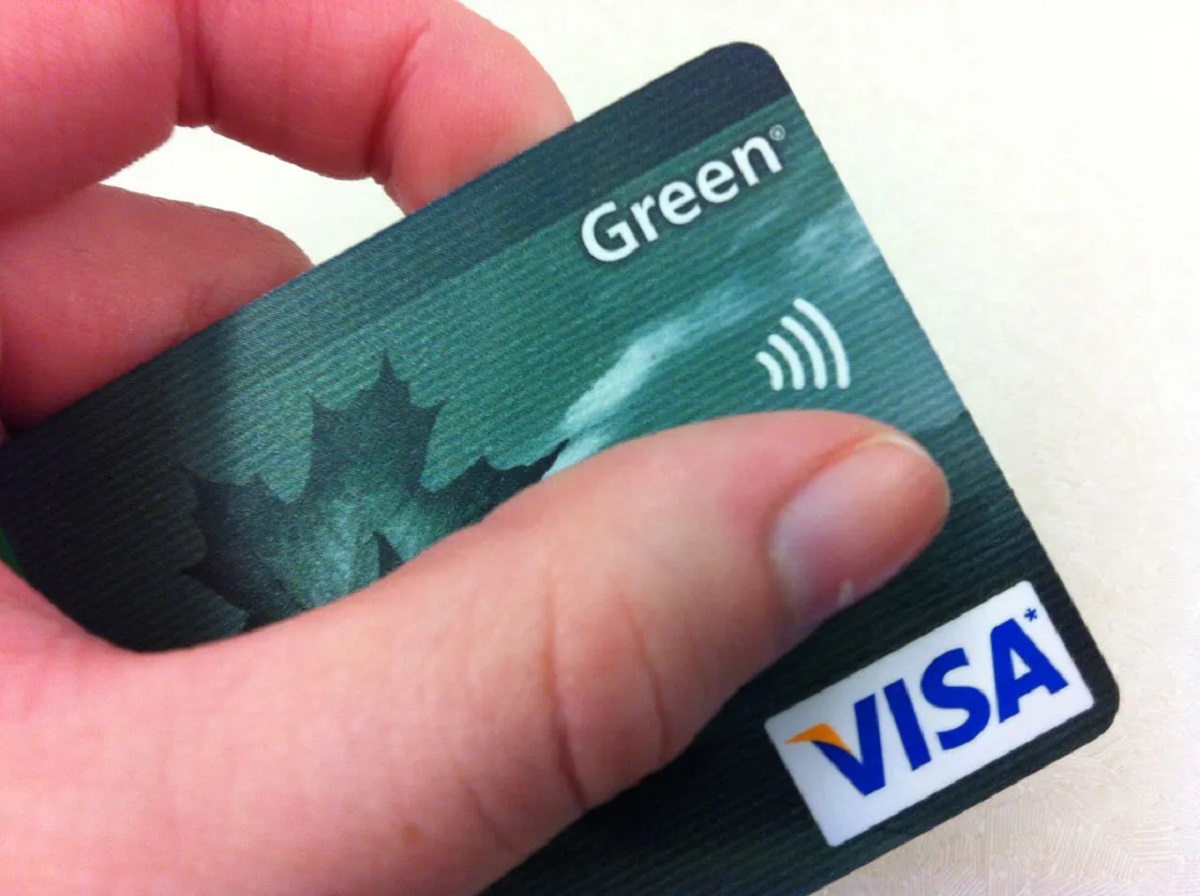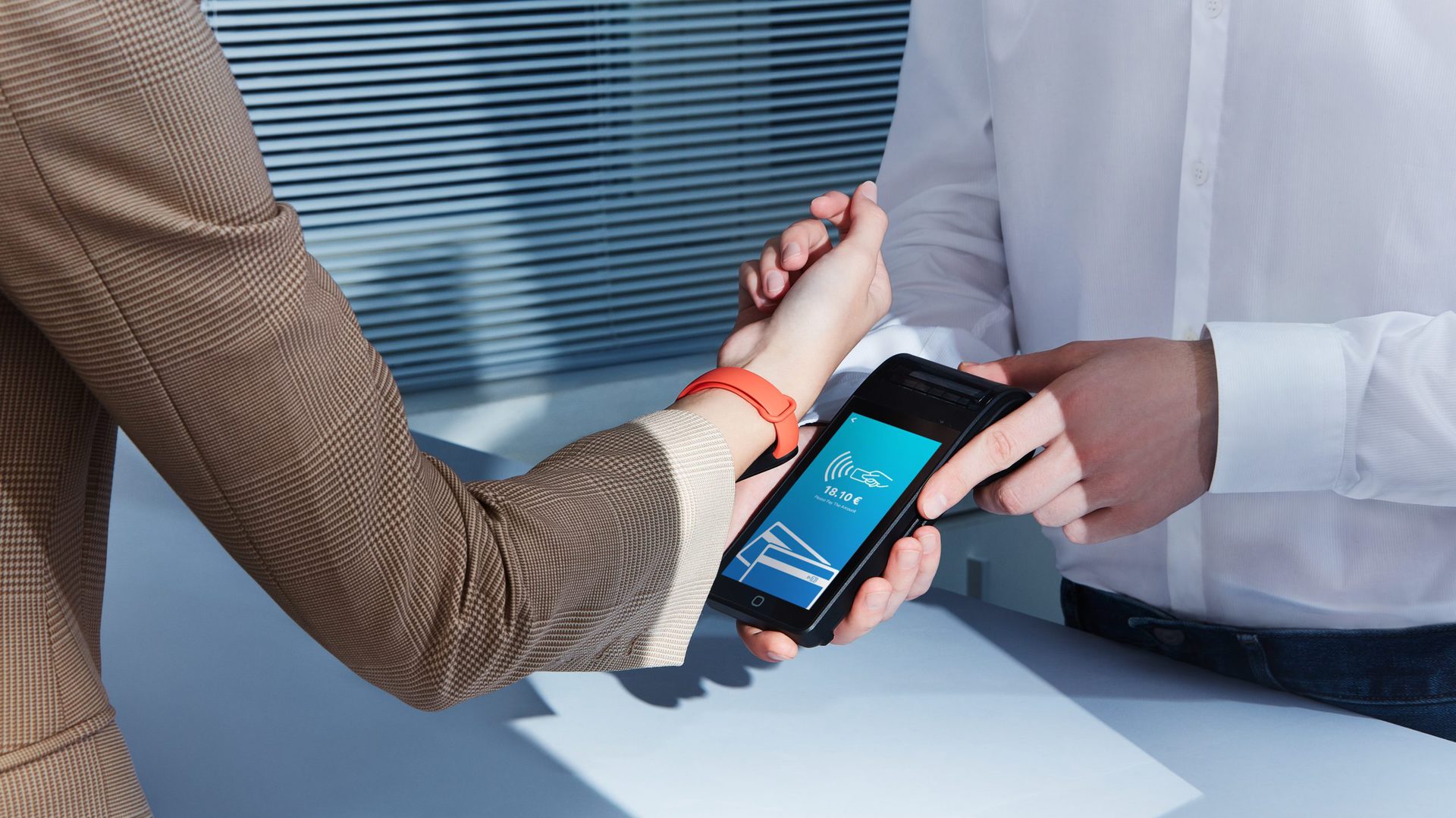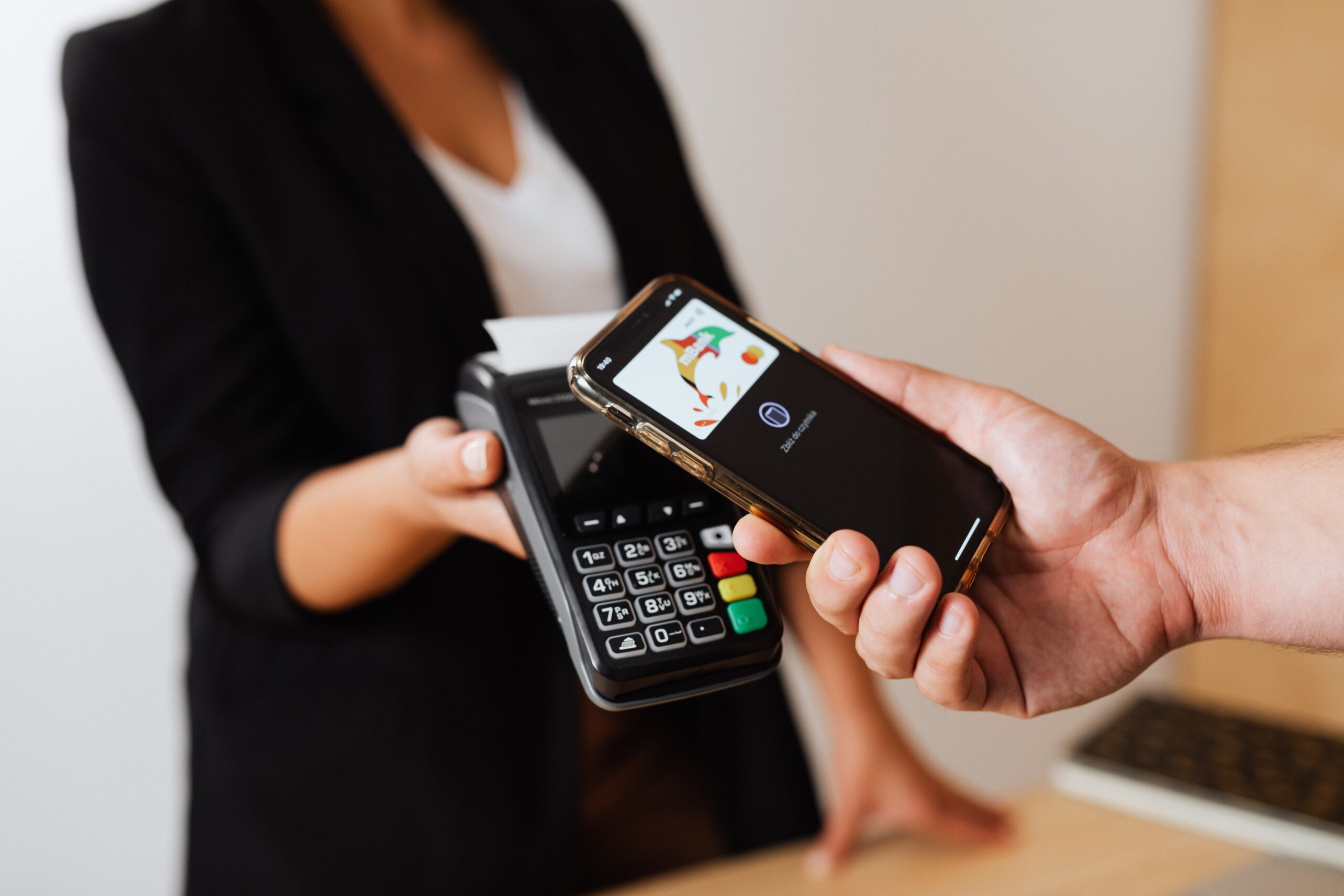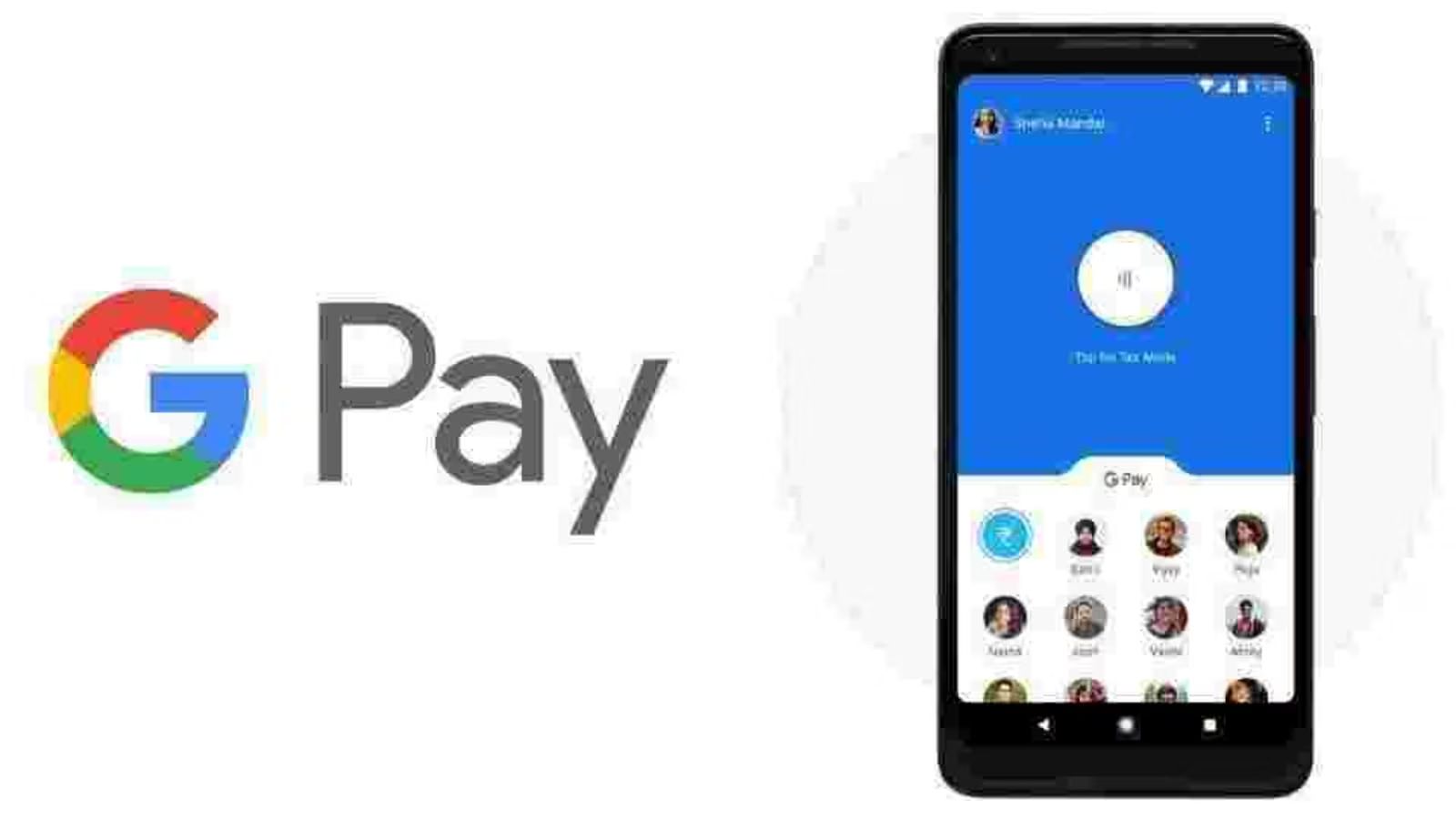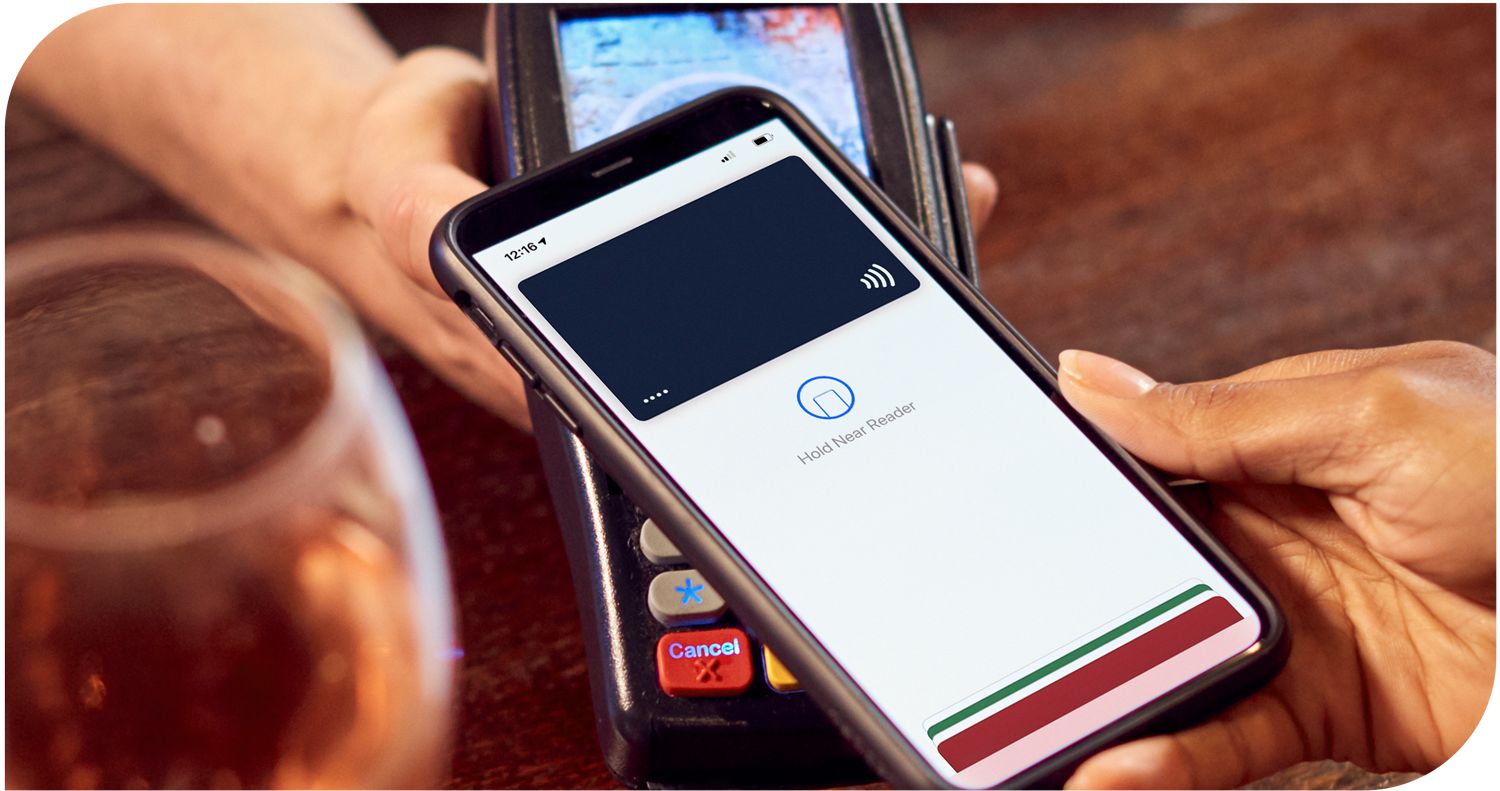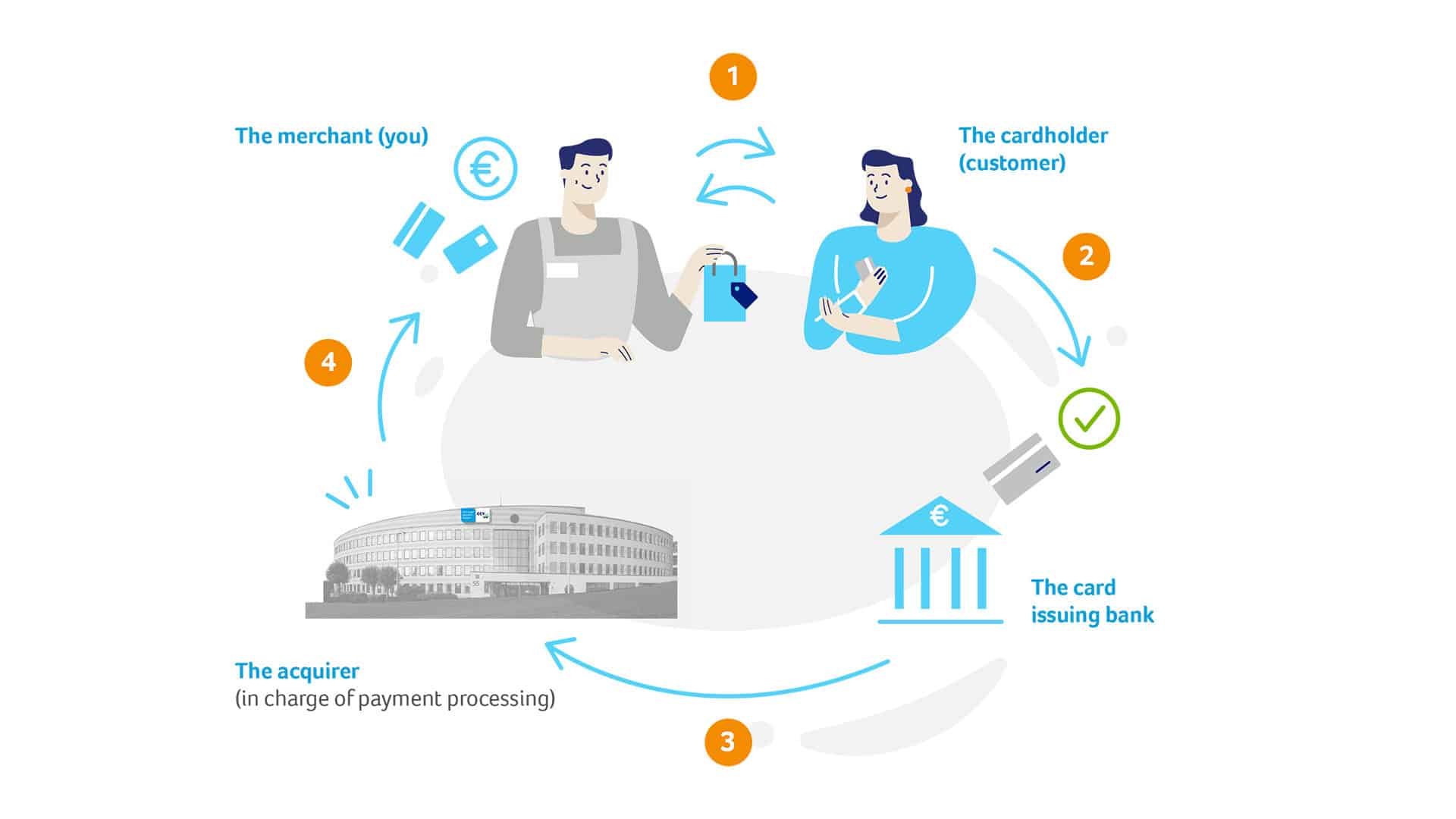Introduction
Welcome to the fast-paced world of modern technology, where convenience is the name of the game. One of the latest innovations in the realm of payment methods is the NFC credit card. NFC, or Near Field Communication, has revolutionized the way we make transactions by allowing us to simply tap our cards on a reader to complete a purchase. But what exactly is an NFC credit card, and how does it work?
NFC technology enables wireless communication between devices, typically within close range of each other. NFC credit cards leverage this technology to offer a contactless payment option, making transactions quick, easy, and secure. With just a simple tap, you can make purchases without the need for swiping or inserting your card into a payment terminal.
These cards are equipped with a tiny chip that emits a radio frequency, allowing it to communicate with compatible payment terminals. By bringing your NFC credit card close to the terminal, the two devices establish a connection and initiate the payment process.
NFC credit cards offer a wide range of benefits, including convenience, speed, and enhanced security. In this article, we will explore how NFC credit cards work, the advantages they offer, some security concerns to be aware of, and how to use them effectively.
What Is NFC?
NFC, which stands for Near Field Communication, is a wireless communication technology that allows devices to exchange data by bringing them close to each other, typically within a few centimeters. It operates on the principles of radio frequency identification (RFID) and is commonly found in smartphones, tablets, and other electronic devices.
The NFC technology enables devices to communicate and transfer information quickly and securely. It uses electromagnetic induction to establish a connection between two devices when they are brought into close proximity. This connection enables various functionalities, such as contactless payments, data sharing, and access control.
One of the primary applications of NFC technology is contactless payments, which have become increasingly popular in recent years. NFC-enabled credit cards, smartphones, and wearables can be used to make payments at NFC-equipped payment terminals by simply tapping or bringing the device near the terminal.
Besides contactless payments, NFC technology is also used for other purposes, such as ticketing, transportation passes, access control for buildings and events, and loyalty program participation. The versatility of NFC makes it a convenient and secure solution for various everyday transactions.
NFC operates in two modes: active and passive. In active mode, both devices involved in the communication process generate their own electromagnetic fields. This allows for more complex interactions, such as data exchange and pairing of devices. In passive mode, one device generates the electromagnetic field, while the other device only responds to the field. This mode is commonly used for simple transactions, like contactless payments.
Overall, NFC technology provides a seamless and efficient way to transfer data and perform various tasks with just a tap or a touch. Its widespread adoption and integration into various devices have made NFC an integral part of our digital lives, making transactions and interactions easier and more convenient than ever before.
How Do NFC Credit Cards Work?
NFC credit cards work by harnessing the power of Near Field Communication technology to enable contactless transactions. These cards are equipped with a small, embedded chip that emits a radio frequency signal. When you tap or bring your NFC credit card close to an NFC-enabled payment terminal, a connection is established between the two devices.
Once the connection is established, the payment terminal reads the information stored on the NFC credit card’s chip. This information includes your account details, such as your card number and expiration date. The payment terminal then securely sends this information to the payment processor for verification and authorization.
Unlike traditional payment methods that require physical contact, such as swiping or inserting a card into a payment terminal, NFC credit cards use short-range wireless communication to complete the transaction. This contactless method offers several advantages, including quicker transaction times and greater convenience.
When you tap your NFC credit card on a payment terminal, the transaction is typically completed in a matter of seconds. This rapid transaction speed makes NFC credit cards an efficient and time-saving payment option, especially in busy environments like retail stores or public transportation systems.
Furthermore, NFC credit cards eliminate the need for your card to leave your hand during the transaction process. This minimizes the risk of card skimming or other fraudulent activities that may occur when your card is handed over to a merchant or inserted into compromised card readers.
It is important to note that both the payment terminal and the NFC credit card must support the NFC technology for this contactless payment method to work. If either device lacks NFC functionality, the transaction cannot be completed wirelessly.
In addition to contactless payments, some NFC credit cards may offer additional features and functionalities. For example, they may integrate loyalty programs, allowing you to earn rewards or discounts by simply tapping your card at participating merchants. Others may support transit systems, enabling you to use your NFC credit card to pay for public transportation fares.
Overall, NFC credit cards provide a secure, convenient, and efficient way to make payments by leveraging the power of Near Field Communication technology. With just a simple tap, you can enjoy hassle-free contactless transactions, making your shopping experiences more streamlined and enjoyable.
Benefits of Using NFC Credit Cards
Using NFC credit cards for your payment needs offers a range of benefits that enhance your overall shopping experience. Let’s explore some of the key advantages of using NFC credit cards:
1. Convenience: NFC credit cards provide a convenient way to make payments. With just a tap, you can quickly complete a transaction, saving time compared to traditional card-swiping or cash transactions. This is especially beneficial in crowded places or during rush hours when speed is crucial.
2. Speed: NFC credit card transactions are lightning-fast. You simply need to tap your card on a compatible payment terminal, and the transaction is completed within seconds. This makes NFC credit cards an ideal option for busy environments such as grocery stores, restaurants, or public transportation systems.
3. Security: NFC credit cards have built-in security measures that protect your financial information. The communication between your card and the payment terminal is encrypted, reducing the risk of data theft or interception. Additionally, you retain control of your card throughout the transaction, minimizing the chances of card skimming or fraudulent activities.
4. Contactless Payment Limits: NFC credit cards often have higher contactless payment limits compared to other contactless payment methods like mobile wallets or wearable devices. This means you can make larger purchases without the need for physical card insertion or signing a receipt, enhancing the overall convenience and flexibility of the payment process.
5. Integration with Rewards Programs: Many NFC credit cards are integrated with loyalty and rewards programs. By using your NFC credit card for purchases, you can earn rewards points or cashback that can be redeemed for discounts, travel benefits, or other perks. This adds extra value to your spending and maximizes the benefits you receive from your card.
6. Versatility: NFC credit cards can be used in various settings beyond just retail transactions. Some cards can be used for public transportation payments, access control for events or buildings, or even as electronic ticketing options. This versatility allows you to streamline and simplify multiple aspects of your daily life.
7. Widely Accepted: NFC technology is becoming increasingly popular and is widely accepted at many merchants worldwide. You can use your NFC credit card at millions of locations globally, making it a convenient payment option whether you’re at home or traveling abroad.
By utilizing NFC credit cards, you can enjoy the convenience, speed, security, and rewards associated with this innovative payment method. As more merchants and financial institutions adopt NFC technology, NFC credit cards will continue to revolutionize the way we make transactions, providing seamless and efficient payment experiences.
Security Concerns with NFC Credit Cards
While NFC credit cards offer convenience and speed, it is essential to address potential security concerns associated with this payment method. Understanding these concerns can help you make informed decisions and protect your financial information. Here are some key security considerations related to NFC credit cards:
1. Contactless Skimming: Contactless skimming is a technique used by fraudsters to steal cardholder data from NFC-enabled devices. However, it’s important to note that the risk of contactless skimming is minimal. The data transmitted between an NFC credit card and a payment terminal is encrypted, making it difficult for attackers to intercept and extract sensitive information.
2. Physical Distance Limit: For an NFC transaction to occur, the card must be within close proximity to the payment terminal, typically a few centimeters. This physical distance limit adds an additional layer of security, as a potential attacker would need to be physically close to your card to attempt fraudulent activity.
3. Offline Data Storage: Some NFC credit cards store limited transaction information offline, such as the last few transactions made with the card. While this information typically does not include sensitive details, it is advisable to monitor your card activity regularly and report any suspicious transactions to your card issuer immediately.
4. Card Clash: Card clash occurs when multiple NFC-enabled cards are placed together close to a payment terminal. This can lead to unintended transactions with the wrong card being charged. To prevent card clash, it’s best to separate your NFC credit card from other NFC-enabled cards, such as transport cards or access cards, when making a payment.
5. Lost or Stolen Card: If your NFC credit card is lost or stolen, report it to your card issuer immediately. Most card issuers have robust fraud protection measures in place, such as blocking any unauthorized transactions and issuing a replacement card. Additionally, many NFC credit cards require authentication, such as a PIN or fingerprint, for transactions above a certain limit, adding an extra layer of security.
6. Secure Payment Terminals: It’s crucial to ensure that the payment terminal you are using is secure and trustworthy. Look for reputable establishments, use terminals provided by known and trusted merchants, and be cautious when using payment terminals in unfamiliar locations. Avoid using terminals that appear altered, damaged, or suspicious.
7. Regularly Monitor Transactions: Stay vigilant by frequently reviewing your credit card statements and transaction history. By monitoring your account activity, you can quickly identify any unauthorized transactions and notify your card issuer to address potential fraud.
While these security concerns are worth considering, it’s important to note that NFC credit cards have numerous built-in security measures to protect cardholder data. These measures, combined with responsible usage and awareness of potential risks, can help you enjoy the convenience of NFC credit cards without compromising your financial security.
How to Use an NFC Credit Card
Using an NFC credit card is simple and straightforward. Here are the steps to effectively utilize your NFC credit card for contactless transactions:
1. Look for the Contactless Symbol: Identify the contactless symbol on the payment terminal or reader. This symbol typically looks like a series of curved lines or waves. It indicates that the terminal supports NFC technology and can process contactless payments.
2. Confirm the Amount: If applicable, confirm the purchase amount on the payment terminal or follow the instructions provided by the merchant. Some terminals may require you to input or confirm the amount before proceeding with the contactless payment.
3. Hold Your Card Near the Terminal: Hold your NFC credit card within a few centimeters of the payment terminal. Position it close to the terminal’s contactless symbol or near-field communication antenna. Avoid touching the terminal with your card to ensure a successful transaction.
4. Wait for Confirmation: Keep your card near the terminal and wait for a confirmation message or beep. The terminal will communicate with your NFC credit card, authenticate the transaction, and verify the payment details. Once the transaction is authorized, you will receive a confirmation on the payment terminal or through the merchant’s system.
5. Take Your Card and Receipt: Retrieve your NFC credit card after the transaction is approved. The payment terminal will generally indicate when it is safe to remove your card. Additionally, you may receive a printed or digital receipt for your records, depending on the merchant’s preference.
6. Use for Transit or Access Control: If your NFC credit card supports transit or access control functionality, follow the specific instructions provided by the transit system or access gate. In most cases, you will need to tap your card on the designated reader or touchpad to complete the transaction or gain entry to a restricted area.
It’s important to note that the specific steps may vary depending on the payment terminal and merchant. In some situations, you may be required to enter a PIN or provide additional authentication for transactions above a certain limit. Follow the prompts provided by the payment terminal and be aware of any additional instructions provided by the merchant.
By understanding and following these steps, you can easily and confidently use your NFC credit card for contactless payments. Enjoy the convenience and speed that NFC technology offers, making your shopping experiences seamless and efficient.
Common Misconceptions About NFC Credit Cards
As with any new technology, NFC credit cards have their fair share of misconceptions. Let’s debunk some of the common misunderstandings and clarify the facts surrounding NFC credit cards:
1. NFC Credit Cards Are Not Secure: One of the prevalent misconceptions is that NFC credit cards are not secure and vulnerable to data theft. However, NFC credit cards use encryption to protect cardholder data during transactions. The risk of fraudulent activities, such as contactless skimming, is minimal due to the secure communication protocols implemented in the NFC technology.
2. NFC Credit Cards Can Be Charged Indiscriminately: Some believe that simply being near a payment terminal with an NFC credit card will result in unauthorized transactions. However, NFC credit cards require close proximity to the payment terminal and an intentional tap or hold to initiate a transaction. The cardholder has control over when and where the card is used for payments.
3. NFC Credit Cards Emit Radio Waves Continuously: There is a misconception that NFC credit cards emit radio waves constantly, making them susceptible to unauthorized scanning. In reality, NFC credit cards only emit radio waves when they are in close proximity to an NFC-enabled payment terminal. Once the transaction is completed or the card is not being used, it does not emit any signals.
4. NFC Credit Cards Interfere with Other Electronic Devices: Some people believe that NFC credit cards can interfere with other electronic devices like smartphones or key cards. However, NFC operates at a specific frequency range that minimizes the chances of interference. It is designed to function harmoniously with other NFC-enabled devices and does not disrupt their operation.
5. NFC Credit Cards are Limited to Small Purchases: Another misconception is that NFC credit cards can only be used for small purchases. In reality, contactless payment limits vary by country, financial institution, and the merchant’s preference. Many NFC credit cards have higher limits, allowing for larger transactions without the need for physical card insertion or additional verification.
6. NFC Credit Cards Are Not Widely Accepted: Some people believe that NFC credit cards are not widely accepted. However, NFC technology has gained significant traction in recent years, and countless merchants worldwide are equipped with NFC-enabled payment terminals. As NFC technology continues to grow, the acceptance of NFC credit cards will only continue to expand.
7. NFC Credit Cards Drain Battery Life: There is a misconception that using NFC credit cards on smartphones drains the battery quickly. While the NFC functionality does consume some battery power, the impact is minimal. Most modern smartphones are optimized for energy efficiency, and the battery usage associated with NFC transactions is negligible.
By debunking these common misconceptions, it becomes clear that NFC credit cards are secure, efficient, and widely accepted. Understanding the facts about NFC credit cards can help you confidently embrace the benefits of this innovative payment technology.
Frequently Asked Questions about NFC Credit Cards
Here are answers to some frequently asked questions about NFC credit cards:
1. Can I use my NFC credit card at any payment terminal?
NFC credit cards are designed to work with NFC-enabled payment terminals. As long as the payment terminal supports NFC technology, you should be able to use your NFC credit card for contactless transactions.
2. Are NFC credit cards safe to use?
Yes, NFC credit cards are safe to use. They use encryption to protect your cardholder data during transactions. The risk of unauthorized access or data theft is minimal, thanks to the secure communication protocols implemented in NFC technology.
3. Can someone make unauthorized transactions if I lose my NFC credit card?
If you lose your NFC credit card, report it to your card issuer immediately. Most card issuers have robust fraud protection measures in place. Additionally, many NFC credit cards require additional authentication, such as a PIN or biometric verification, for transactions above a certain limit.
4. Can I use my NFC credit card for online purchases?
NFC credit cards are primarily designed for contactless transactions at physical payment terminals. However, some NFC credit cards also offer online payment capabilities. Check with your card issuer to see if your card can be used for online purchases.
5. Can I use my NFC credit card when traveling abroad?
Yes, you can use your NFC credit card while traveling abroad, as long as the payment terminal supports NFC technology. NFC credit cards are widely accepted at millions of locations globally, making them a convenient payment option even when you are away from home.
6. Do I need a special phone or device to use an NFC credit card?
No, you do not need a special phone or device to use an NFC credit card. NFC credit cards can be used with any NFC-enabled payment terminal, regardless of the device you use to carry your card.
7. Can I use my NFC credit card for public transportation?
Some NFC credit cards have integrated transit functionality, allowing them to be used for public transportation payments. Check with your card issuer or the local transit authority to see if your NFC credit card can be used for transit fare payments.
8. Can I use my NFC credit card if my phone’s battery dies?
Yes, you can use your NFC credit card even if your phone’s battery dies. NFC credit cards do not rely on your phone’s battery or connectivity. They have their own embedded chip that allows for contactless transactions, independent of any external device.
Hopefully, these answers have provided clarity on some common questions about NFC credit cards. If you have any further inquiries, it is advisable to reach out to your card issuer for specific information pertaining to your NFC credit card.
Conclusion
NFC credit cards have become a popular and convenient payment method, offering a seamless and secure way to make contactless transactions. By harnessing Near Field Communication technology, these cards allow for quick and efficient payments with just a simple tap or hold near an NFC-enabled payment terminal.
Throughout this article, we’ve explored what NFC technology is, how NFC credit cards work, and the benefits they offer. We’ve also addressed common misconceptions and provided answers to frequently asked questions. It’s clear that NFC credit cards provide a range of advantages, including convenience, speed, enhanced security, and versatility.
While security concerns and misconceptions exist, NFC credit cards have implemented measures to safeguard cardholder data and protect against fraudulent activities. Understanding the facts and adhering to best practices can help you confidently enjoy the benefits of NFC credit card transactions.
As NFC technology continues to advance and gain wider acceptance, NFC credit cards will likely become even more prevalent in the payment landscape. Their ease of use, compatibility with existing infrastructure, and integration with additional features such as loyalty programs and transit systems make NFC credit cards a compelling choice for consumers.
Whether you’re making quick purchases at a retail store, commuting on public transportation, or accessing secure facilities, NFC credit cards provide a convenient and secure payment option. Embrace the speed, convenience, and security that NFC credit cards offer, and embrace the future of contactless transactions.







